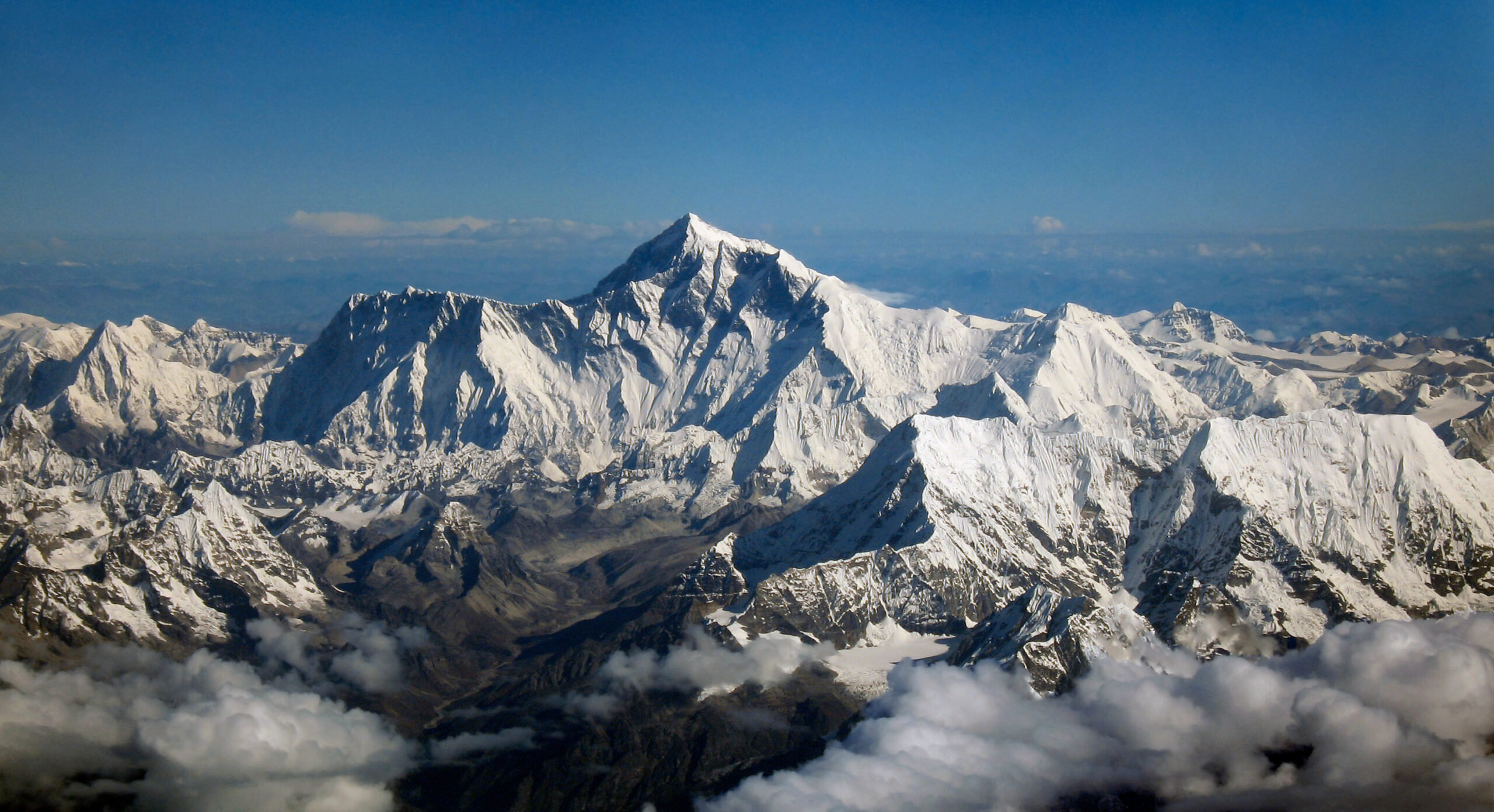In this section, we will learn about the landforms and their types. Mountains are the most important type of landforms which we will discuss here.
Landforms: This is a feature being present on Earth’s surface that is part of the terrain. Landforms are being divided on the base of altitude level compared to the sea.

Mountains
A large landform that rises above the surrounding land or earth’s surface usually forming a peak is called Mountain. Based on the origin, mountains can be in four types; Fold, Block, Volcanic, and Residual.
Fold Mountains

These are formed by compression forces that are working face. These forces work along convergent or destructive plate boundaries or zone of subduction. The compression forces are responsible for the folding of rocks and sediments. Fold Mountains have the greatest altitude because of which these are called the mountain of elevation e.g. Rockies, Andes. The Andes are the longest and the second-highest Mountain range in the world. Other examples include the Caucasus Mountains, the Alps in Europe, the Himalayas Asia, and the Southern Alps in New Zealand, the Atlas Mountains in North-West Africa, and ArakanYoma in Myanmar. The Greater Himalayan range is the tallest mountain range in the world.
Block Mountains
These are formed by the faulting of rocks and the consequent upliftment of blocks and subsidence of blocks. With upliftment, we get Block Mountains whereas, with subsidence, we get Rift Valleys. For example, (i) The Satpura range which is surrounded by the rift valleys of Narmada & Tapti (Tapi), The Drakensburg Mountains of South Africa, the Salt range in Pakistan, The Vosges range (France), and the black forest (Germany) and The Sierra Nevada in the USA.
Volcanic Mountains
Magma is the molten rock deep inside the earth as magma rises. It absorbs rock fragments, dust particles, volcanic gases, and water vapor. Lava is this magma plus the mixture which erupts out to the surface of the earth. The volcanic opening is called Volcanic Vent.
The Lava is of two types: Acidic lava, and Basic lava. Acidic lava is rich in silicon and aluminum. Acidic Lava is also highly viscous in nature due to which it rapidly cools and solidifies near the volcanic vent itself. Acidic lava is responsible for the formation of Volcanic mountains. Basic lava is rich in iron and magnesium and high temperature and quite fluidic in nature. That is why basic lava covers extensive areas before cooling. Basic lava is responsible for the formation of a volcanic shield which you can say Volcanic Plateau.


Residual Mountains
These are mountains that have reduced altitude (low altitude) and slope (low slope) owing to the degradation forces acting on it. For example, Aravalis– India (The Oldest Fold Mountains in the World), Appalachian – North America, and the Ural – Russia.


